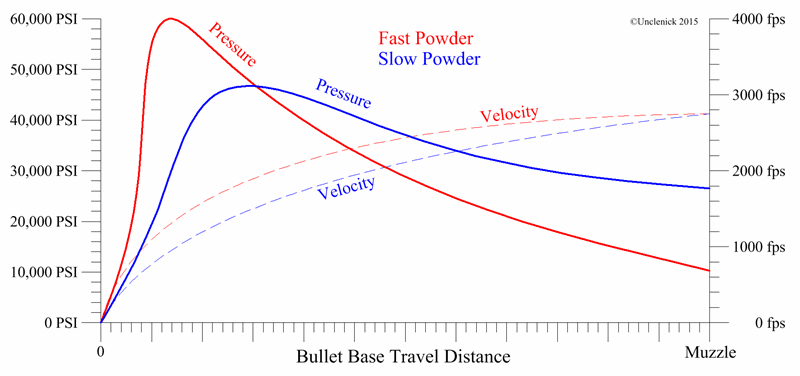The pressure testing is always relative, as none of the pressure test systems has absolute accuracy. You can buy reference loads that are right at SAAMI standard pressure, see what they measure on your particular instrument.
Muzzle Energy is a measure of work put into accelerating a bullet. When you divide it by the length of bullet travel in the bore, it returns the average force applied to the bullet during its barrel time that exceeded friction. Divide that force by the cross-sectional area of the bore, and you have average pressure. This is basic physics and has no option but to be true.
Estimates have been done by various authors over time, but friction probably equals 3-6% of the average force applied to a bullet base by pressure in most instances. Most bullets accelerate another 3% or so from muzzle blast in the first few calibers after exiting the muzzle, and that tends to give you a chronograph reading that compensates out friction, so I would ignore friction and just accept my results could be off 5%.
The practical problems with the above are two-fold. First, most people don't know how accurate their chronograph actually is. Second, as you change powder charge, muzzle pressure doesn't change as much as peak pressure, so the average pressure does not directly reflect the peak pressure. The is complicated by differences in powders which produces different peak to muzzle pressure ratios for the same velocity. Below is an example of two fictional powders, one fast and one slow, that produce the same velocity. You can see the difference in the peak values. The slow powder has a larger charge weight, so it produces more pressure near the muzzle, and depends on that added late-barrel acceleration to achieve the same velocity as the fast powder did, but without as high a peak pressure.

The above means you cannot measure pressure based on velocity. However, if you are using the exact same powder as a commercial pressure test does, then comparing velocity, if you know your chronograph is accurate, you can make a pretty good guess as to whether your gun is producing higher or lower pressure than the test gun did. You just won't know by exactly how much.
As to reading pressure ring expansion (PRE) and case head expansion (CHE), its like trying to use a copper crusher without a tarage table of calibration. Copper crushers are already pretty inconsistent, which is why reference loads are fired to calibrate against them. But brass doesn't even have exact shape consistency, much less calibrated hardness.
Denton Bramwell did this piece on test the PRE and CHE systems and found that as compared to a strain gauge measurement of the pressure, something that is very consistent, the exact same amount of expansion on two cases from the same lot and with the same load history, could happen at pressures almost 2:1 different in magnitude. The only saving grace is it appears that if you average a larger sample of those nearly identical cases at the same load level, the average expansion is probably not a bad indicator. So figure you measure the PRE by firing ten or fifteen rounds at each load level. Then you'll know for certain whether the pressure is getting to be too much for the brass. What the value of that pressure is, though, will change with case and chamber geometry and how rigid the action is. Again, the cases are not calibrated indicators, so every time you change the case lot, the result can change and the maximum pressure you can tolerate can change.
axismatt said:
Also, it seems to me that over the last 30-40 years, the max loads listed are getting smaller. .357 mag used to be WAAAAY more powerful in the 80's. That said, I think you could ease past modern max listings and still me safe.
Today 09:36 AM
SAAMI data is unchanged, as the difference you see in CUP and psi are artifacts of the measuring system differences and are simply the readings those two systems give the same lot of reference ammo. But assuming you are referring to published data, yes, that reduction has been the trend because nobody used to test their data in pressure guns. It was all loads developed in commercial firearms whose chambers and bores often were not as tight as a SAAMI standard test barrel, so they produced lower pressures. But not everyone's gun is as loose or as strong as some of their load development guns were. There is a starting load for .44 Special in the old Hornady #2 manual, developed in a larger frame gun that was already at maximum for my light Charter Bulldog. They just weren't concerning themselves with being compatible in all guns out there in those days. I quickly shot the throat out of my first Dan Wesson barrel using some of the old Hornady and Speer manual loads.
Today, Speer still develops loads in production guns, same as Hornady and Sierra do, but since they and Alliant are co-owned by ATK, Speer gets their developments pressure tested by Alliant after the fact, and modify any that go over SAAMI standards. Hornady and Sierra have opted, to judge from their data, to simply knock their developed maximums down by a generous safety factor, and that's how they avoid problems like I had with the old .44 Special load. In this increasingly litigious society, that's become a concern for them.

